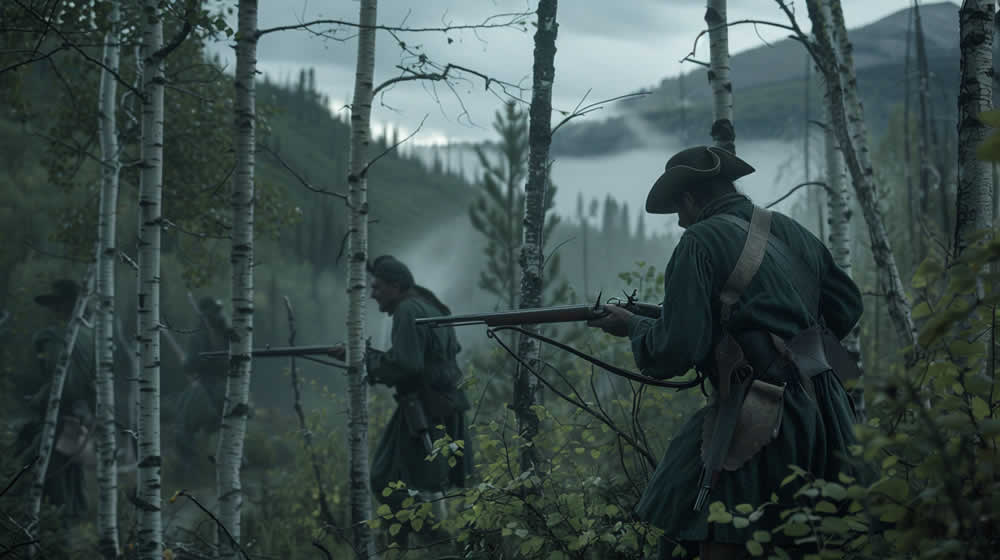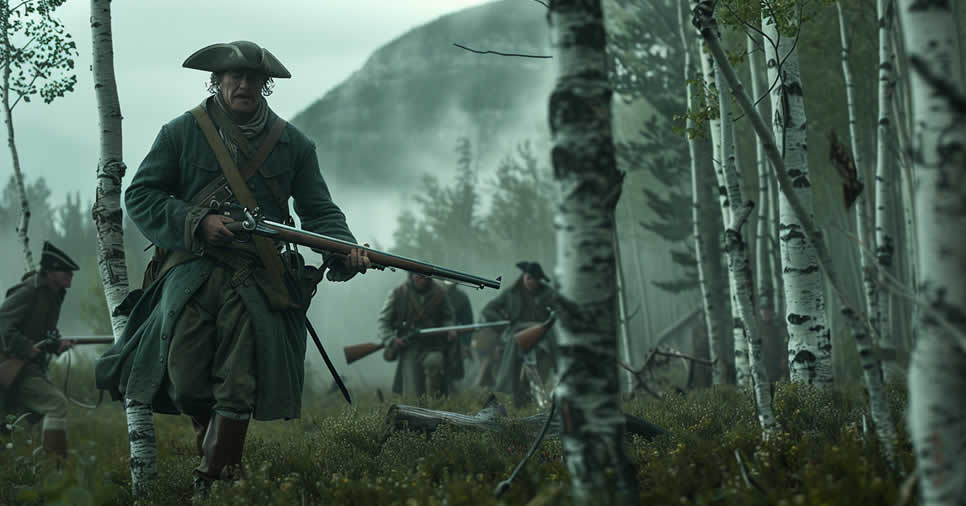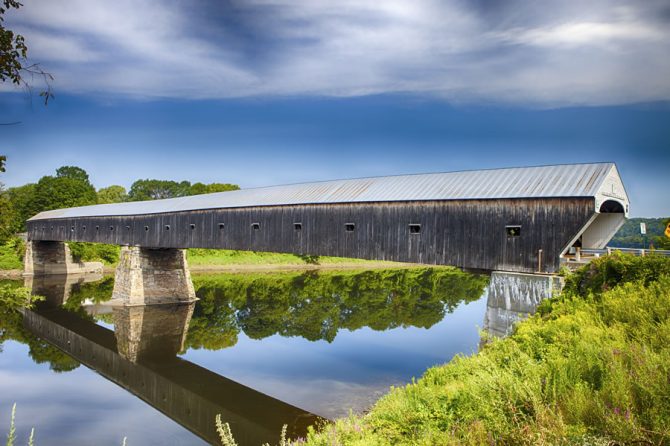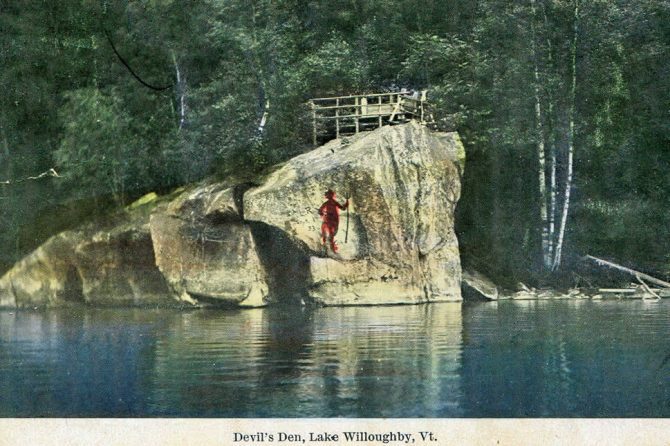Rogers' Rangers have left an indelible mark on military history, pioneering unconventional warfare tactics that continue to influence modern special operations. Formed during the tumultuous French and Indian War, this elite unit of woodsmen and Native American allies revolutionized the art of guerrilla warfare.
Their daring raids and reconnaissance missions behind enemy lines became legendary, showcasing the effectiveness of small, highly skilled teams in challenging terrain. While their exploits during the 18th century are fascinating, it's their lasting impact on military strategy and training that truly sets them apart. The question remains: how did this band of frontier fighters shape the future of warfare?
Key Takeaways
• Rogers' Rangers were an elite light infantry unit formed in 1756 during the French and Indian War.
• They specialized in unconventional warfare tactics, including reconnaissance, raiding, and ambushes.
• Major Robert Rogers established the unit and developed “Rogers' Rules of Ranging” for wilderness combat.
• The Rangers conducted daring missions, including the St. Francis Raid 200 miles behind enemy lines.
• Their legacy influenced modern special operations units, particularly the U.S. Army Rangers.
The Genesis of Rogers' Rangers
In 1756, as tensions escalated between British and French forces in North America, Major Robert Rogers formed a unique military unit that would revolutionize wilderness warfare. Rogers' Rangers emerged during the French and Indian War, a conflict that demanded innovative approaches to combat in the rugged frontier terrain.
Major Rogers, recognizing the limitations of traditional European military tactics in the New World, envisioned a force capable of swift, stealthy operations. He recruited skilled woodsmen, hunters, and Native American allies to create a versatile unit adept at unconventional warfare. These men were trained to move quickly through dense forests, navigate treacherous waterways, and survive in harsh conditions.
Formation and Operations
Rogers' Rangers were initially formed from provincial forces stationed at Fort William Henry in New York. The unit quickly grew in size and importance, eventually expanding to a corps of fourteen companies with between 1,200 and 1,400 men. They operated primarily in the Lake George and Lake Champlain regions, undertaking raids against French settlements and military positions. Their operations often involved traveling on foot, in whaleboats, and even on snowshoes during winter.
A Departure From Military Practices
The Rangers' formation marked a significant departure from standard military practices of the time. They adopted guerrilla tactics, emphasizing mobility, surprise, and adaptability. This approach proved highly effective against both French regulars and their Native American allies.
Rogers' innovative leadership and the Rangers' success soon caught the attention of British high command. The unit's reputation for daring raids, accurate intelligence gathering, and survival skills in the wilderness made them an invaluable asset to the British Crown's military efforts in colonial North America.
Notable Engagements
One of the most famous operations involving Rogers' Rangers was the raid on the Abenaki village of St. Francis in Quebec in 1759. This raid was significant for its brutality and the arduous retreat that followed. Soldiers from Rogers' Rangers trekked back through the wilderness, with some being killed by wolves during the journey.
Unconventional Warfare Tactics
Rogers' Rangers' groundbreaking approach to warfare was evident in their unconventional tactics, which set them apart from traditional military units of the time. They embraced guerrilla warfare techniques, emphasizing stealth, surprise, and mobility to outmaneuver their enemies. The Rangers excelled in adapting to various terrains, from dense forests to treacherous mountain passes, allowing them to strike swiftly and disappear just as quickly.
Intelligence Gathering
Intelligence gathering played a crucial role in their operations. The Rangers often conducted reconnaissance missions deep behind enemy lines, providing valuable information to British forces. This emphasis on information warfare gave them a significant advantage in planning and executing their attacks.
Major Robert Rogers developed the ‘Rogers' Rangers' Rules,' a code of conduct that guided the unit's operations. These rules emphasized the importance of adaptability, self-reliance, and tactical flexibility. The Rangers' unconventional approach included light infantry tactics, silent movement, and the use of camouflage to blend into their surroundings.
Their success in employing these tactics against French forces and Native American allies during the French and Indian War established Rogers' Rangers as one of the most effective fighting units of their time.
Notable Missions and Campaigns

Throughout their active service, Rogers' Rangers undertook several daring and strategically significant missions that showcased their unique capabilities and cemented their reputation as an elite fighting force. One of their most famous exploits was the St. Francis Raid in 1759, where they traveled over 200 miles behind enemy lines to attack a French-allied Abenaki village. This mission demonstrated their exceptional endurance and ability to operate independently in hostile territory.
After the raid, the Rangers had to navigate through wilderness to return, pursued by French forces. Their route took them through northern Vermont, including the area of present-day Granby.
The Rangers also played a crucial role in the Battle of Snowshoes in 1758, where they fought against superior French and Indian forces. Their tactical prowess and adaptability were on full display as they managed to inflict significant casualties while minimizing their own losses.
The Siege of Louisbourg
Another notable campaign was the Rangers' involvement in the Siege of Louisbourg in 1758. They conducted reconnaissance missions and harassed enemy supply lines, contributing to the eventual British victory. The Rangers' ability to gather intelligence and disrupt enemy operations proved invaluable throughout the French and Indian War.
These missions exemplified the Rangers' unique blend of stealth, mobility, and combat effectiveness, solidifying their status as pioneers of special operations warfare.
Training and Selection Process
Rigorous training and a demanding selection process set Rogers' Rangers apart from conventional military units of their time. Major Robert Rogers carefully selected recruits who demonstrated physical endurance, mental fortitude, and adaptability to harsh wilderness conditions. Candidates underwent grueling tests of strength, marksmanship, and survival skills before being accepted into the ranks.
The training regimen focused on developing proficiency in unconventional warfare tactics. Rangers learned to move swiftly and silently through dense forests, navigate treacherous terrain, and conduct surprise attacks with precision. They practiced long-range marksmanship, hand-to-hand combat, and the use of various weapons, including muskets, tomahawks, and knives.
Self-Reliance and Resourcefulness
Rogers emphasized the importance of self-reliance and resourcefulness. Rangers were trained to live off the land, track enemies, and gather intelligence. They also learned to construct makeshift shelters, build fires without detection, and administer basic medical care.
The selection process continued throughout a Ranger's service, with only the most capable and disciplined soldiers retained. This rigorous approach ensured that Rogers' Rangers maintained their elite status and operational effectiveness throughout their campaigns in the French and Indian War.
Legacy in Modern Military Operations
In light of their innovative tactics and unconventional warfare strategies, Rogers' Rangers have left an indelible mark on modern military operations. Their influence is evident in the formation and training of special operations units worldwide, particularly in the United States. The U.S. Army Rangers, established in 1942, draw direct inspiration from Rogers' Rangers, adopting many of their guerrilla warfare techniques and adaptability principles.
Intelligence Gathering
Modern military academies continue to study Rogers' tactics, recognizing their relevance in contemporary asymmetric warfare scenarios. The emphasis on small-unit operations, intelligence gathering, and rapid mobility that characterized Rogers' Rangers remains crucial in today's complex battlefields. Special forces units across the globe have incorporated elements of Rogers' Rules of Ranging into their operational doctrines, emphasizing adaptability, stealth, and surprise.
The Legacy of Rogers' Rangers
The legacy of Rogers' Rangers extends beyond tactical considerations. Their ethos of self-reliance, initiative, and unconventional problem-solving has shaped the mindset of elite military units. This influence is particularly notable in wilderness survival training, long-range reconnaissance, and counterinsurgency operations. As modern warfare evolves, the principles established by Rogers' Rangers continue to inform military strategy and training, underscoring their enduring impact on special operations.
Historical Markers
The legacy of Rogers' Rangers is preserved in various historical markers throughout northern Vermont, including two notable stone cairns near Granby. These cairns mark the burial sites of two Rangers who met a tragic end during their mission.
According to Sergeant Campbell's journal, these men died after being attacked by wolves while attempting to obtain meat from a moose. This well-documented incident provides a rare glimpse into the dangers faced by these early special forces, while the cairns themselves serve as one of the earliest known Anglo burial sites in Vermont.
These markers not only commemorate the individual soldiers but also highlight the historical significance of Rogers' Rangers and their operations in the region during the tumultuous period of the French and Indian War.
Conclusion
After the French and Indian War, Rogers' Rangers were disbanded in 1761 but were later revived as a Loyalist force during the American Revolutionary War. Some former members of Rogers' Rangers also fought for the Continental Army as Patriot commanders. The unit's tactics and legacy continued to influence military operations long after their disbandment, with the Queen's York Rangers of the Canadian Army claiming descent from Rogers' Rangers.
In summary, Rogers' Rangers played a crucial role in the military history of northern Vermont and the broader northeastern United States during the mid-18th century. Their innovative tactics and significant engagements have left a lasting legacy in the region. Rogers' “Rules of Rangering” are still used by modern U.S. Rangers.
Thank you for visiting Vermonter.com! Please subscribe to our email list for the latest articles!





